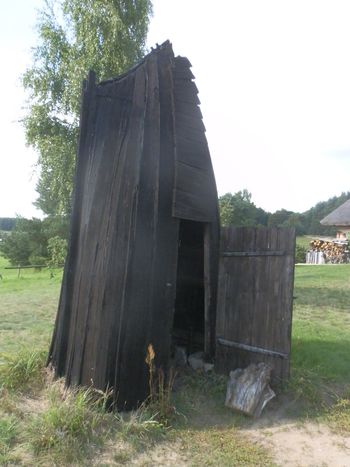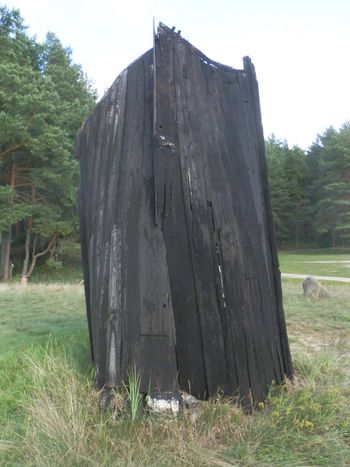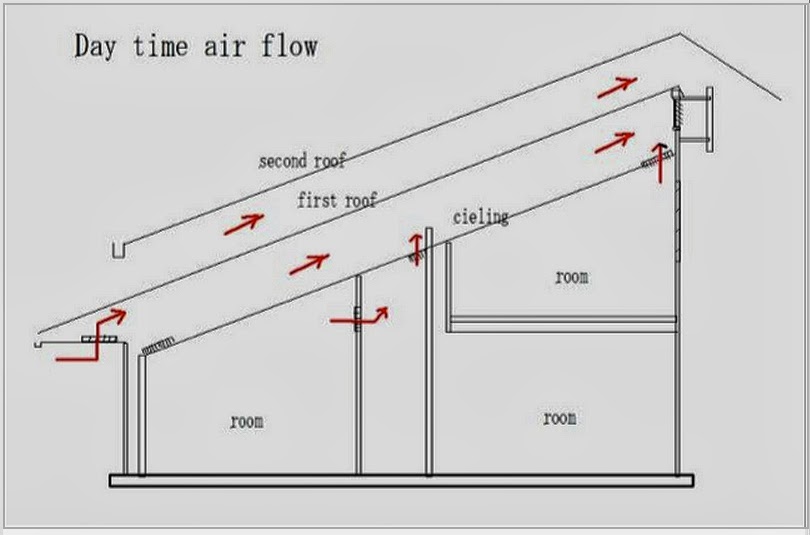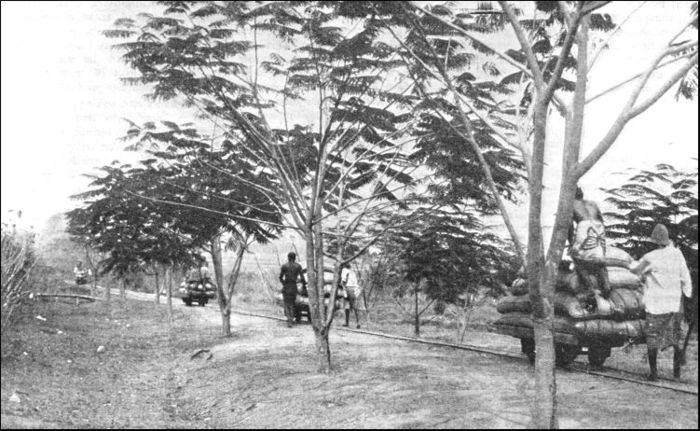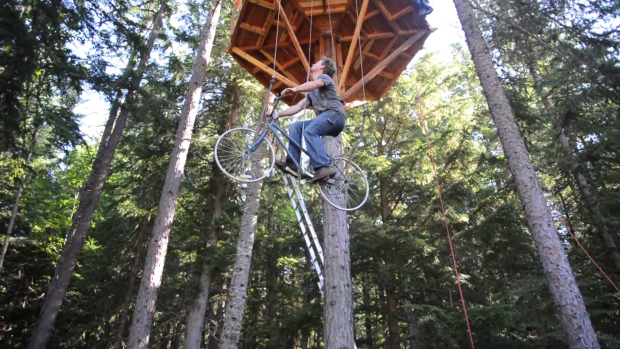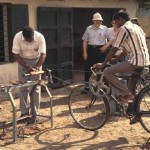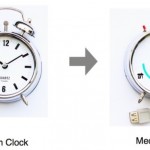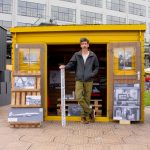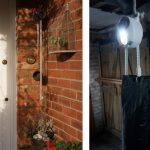“Nearly 80 percent of news articles about climate change either warn of current or future disaster scenarios related to global warming, or contain discussions about the uncertainty of climate science, an Oxford study of 350 news articles from 2007 to 2012 has found. Fewer than two percent of the articles from the media in six countries discussed opportunities to be gained from switching to a lower-carbon economy.”
Via Yale Environment 360.
